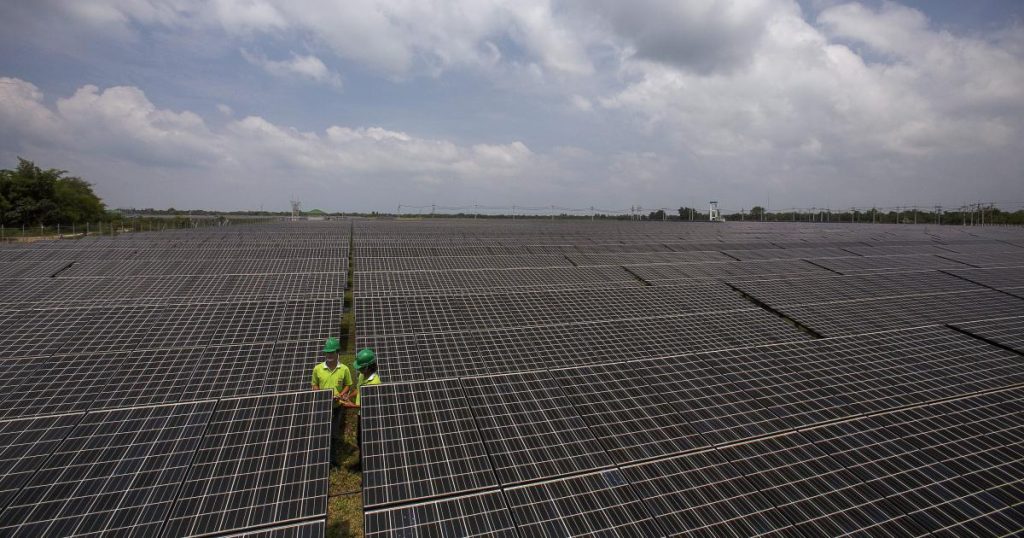
Sunnyside, a neighborhood of about 25,000 residents on the southern side of Houston, Texas is getting ready to live up to its name, The largest urban solar farm in the US will be built on a 240-acre site, a former landfill and nearby incinerator, that emitted tons of toxic fumes over neighbors.
Once operational in 2023, the 50-megawatt plant will generate enough electricity to power up to 5,000 homes. The solar farm’s biggest significance, however, may be what it represents: a small recompense for the environmental racism visited on the largely Black neighborhood during the 20th century. As a community-run solar energy collective rises above the former landfill, Sunnyside stands to be among the neighborhoods to benefit most from Houston’s clean energy transition.
How one Houston neighborhood embraced solar
The new solar farm, which got a key approval from state regulators on Apr. 25, will be built by Sunnyside Energy, a coalition of two private solar energy developers as well as non-profit organizations representing local residents’ interest in the project. Planning began in 2017, after Houston’s city government put out a call for proposals to repurpose a former landfill in a way that was environmentally sustainable.
The landfill had operated from the 1930s to 1976 alongside the city’s largest garbage incinerator. For decades, the site spewed toxic fumes and deadly levels of lead into the air, threatening the health of Sunnyside’s mostly- Black residents. It was one of five public landfills in Houston, all of which were located in Black neighborhoods. After the landfill closed, the land sat empty for close to 50 years, too contaminated to be developed for most purposes, until a solar farm emerged as the ideal solution.
Construction on the solar farm is expected to begin later this year. Once it is up and running, the majority of the energy generated by its 150,000 panels will be sold to energy provider companies as part of the city’s overall energy grid, but 5% of the panels will be dedicated to a community-owned solar project, in which residents can choose to purchase solar panels in the overall array as part of a subscription, in exchange for discounted energy bills.
Other community benefits built into the site include a biking and walking trail, an electric vehicle charging station, backup power for a nearby community center, and an aquaponics greenhouse to grow produce. A Texas congressman who represents the area also secured $750,000 in federal funding for a job training program that will prepare local residents to be employed in the construction of the farm.
Repurposing contaminated land
The Sunnyside solar farm is one of the largest examples of a “brownfield” redevelopment in the US. Brownfields, as defined by the Environmental Protection Agency, are any piece of land where reuse or redevelopment is “complicated by the presence or potential presence of a hazardous substance, pollutant, or contaminant”— any site that has become too contaminated for safe use. The EPA estimates there are more than 450,000 brownfields across the US, most of which are located in or near densely-populated urban centers.
Finding suitable, safe uses for brownfields hasn’t been easy, and the EPA has dedicated nearly $1.8 billion to the effort. But solar panel farms are emerging as a viable solution in many cases. BQ Energy Development, one of the firms developing Houston’s solar farm has built its business exclusively on developing clean energy projects on brownfields. The New York-based company has built projects in Maryland, Ohio, Texas, and elsewhere. Other urban landfill-to-solar projects are underway in places such as Oakland, California, and Urbana, Illinois.
